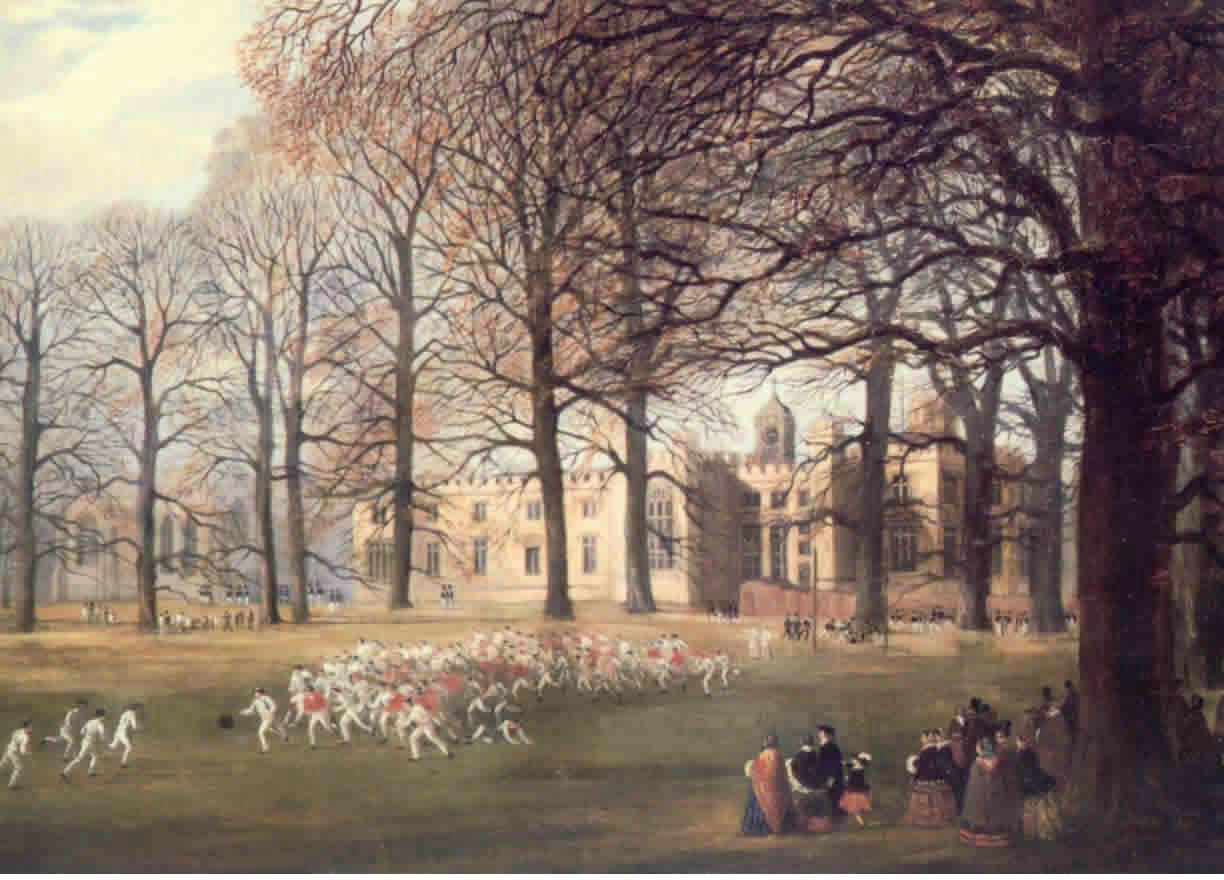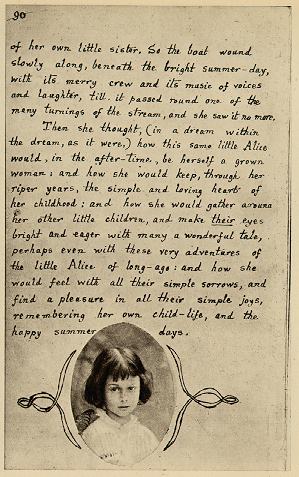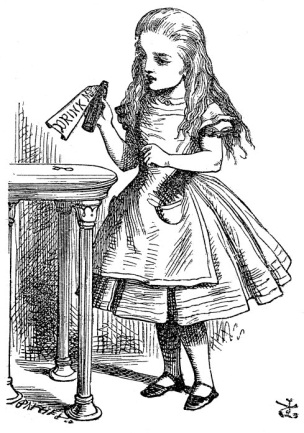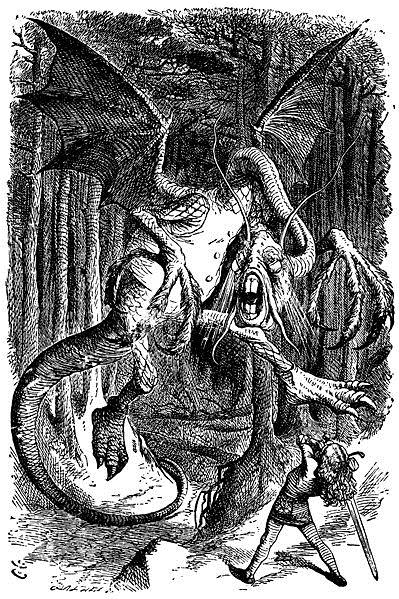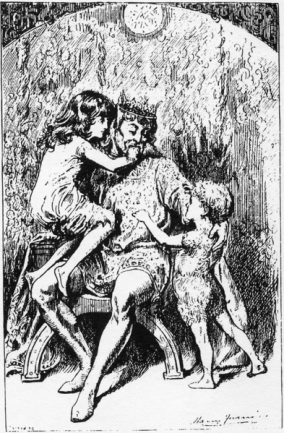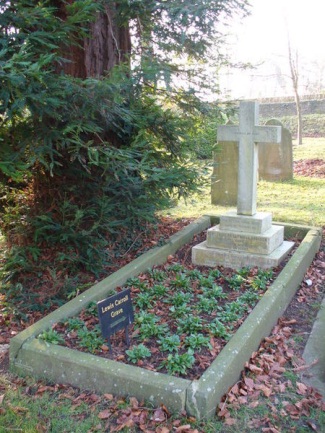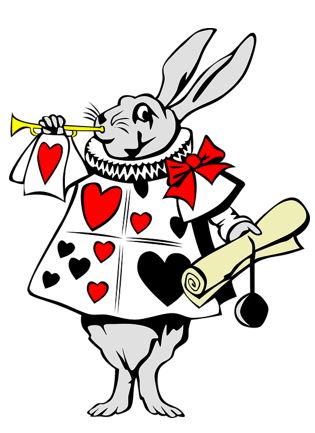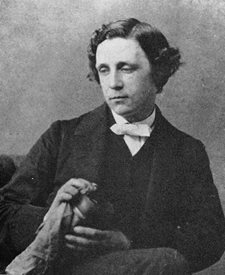
Carroll, Lewis (Charles Lutwidge Dodgson)
Lewis Carroll has a seemingly well-known history, unlike some authors you might encounter. Unfortunately popular Internet sites and biographies often seek to emphasise negative aspects of his lifestyle, while glossing over the more interesting aspects of Carroll’s life and his many talents. It is regrettably such negative aspects which students are often the most keen to ask about. Rumours about his controversial sexuality dominate his biographies but all remain without any concrete supporting evidence. Students are also keen to read about Carroll’s opium addiction and fantastic stories of how he would write whilst in a chemically induced high. Carroll is, indeed, known to have taken laudanum (medicine containing opium); however, in the Victorian era this was readily available without prescription and widely used as a cure for hundreds of ailments, without any knowledge that the drug it contained was so addictive. Entries from Carroll’s journals report frequent migraines and, often, seizures, which suggest that Carroll had legitimate reasons for taking such medication and that his use of this drug was most likely far from recreational.
Returning to less troubled areas of Carroll’s history, there are many interesting areas of his life which often pass by readers of his works. Carroll was an extremely talented mathematician and inventor. He is credited with numerous inventions, including some which would help decode encrypted texts. Using his mathematical skills he developed a system whereby someone could find out the day of the week it was (or would be) on any given date. While still a child, he began creating word games and some biographers even credit him with inventing the earliest form of Scrabble. Carroll is also recognised as being a talented photographer, although little of his work in this area remains.
Carroll is often written about as having been socially inept. It is certainly true that he led a very private life and several of his journals are still missing to this day, with numerous pages, from those that are in existence, having been deliberately torn out by hand– presumably to preserve his privacy. Biographers often cite Carroll’s stammer as having prevented him from interacting socially. Some suggest that he found his stammer was worse when conversing with adults, leading him to prefer the company of children – although, again, this remains unfounded. Carroll never married or had children and, seemingly, never had any love interests.
Alice’s Adventures in Wonderland is one the first books I can remember reading as a child and is still one of my much-loved favourites, even after years of re-reading and teaching the text! It also houses my favourite character in all of children’s literature – the Cheshire Cat. Unlike its much friendlier Disney caricature, the original Cheshire Cat is someone I encourage readers of the text not to underestimate. Although it can seem helpful with the perfectly logical advice it gives, the ‘very long claws’, ‘great many teeth’ and warnings of madness hint at a much darker side to its personality, echoed well in Tenniel’s accompanying illustrations to the novel. The Cheshire Cat is a reminder to the reader that nothing is quite as it seems in the allegorical world of Wonderland – my students have certainly spent many an entertaining lesson discussing what each character might metaphorically symbolise! A book of contrasts – the witty puns, riddles and nonsense provide entertainment and humour for the reader and the escapism the book provides proves why it was so popular amongst the Victorians with their strict societal codes. Unlike many Victorian texts, it also is without a didactic religious or pious moral.
Regardless of any uncertainty regarding Carroll’s history, the effect he has had on popular culture is clear. His curious and independent protagonist, Alice, has doubtless inspired many authors when creating their own lead character; over 20 film and TV adaptations have been produced and even a live stage version and a ballet. Carroll has also been credited with introducing numerous words and phrases into the English dictionary. I would urge anyone interested in Carroll to try to approach his texts without prejudice and to instead enjoy their wit, humour and levity the way he intended for the original Victorian audience.


